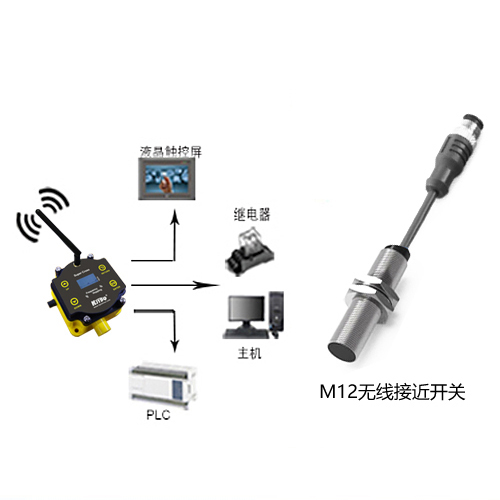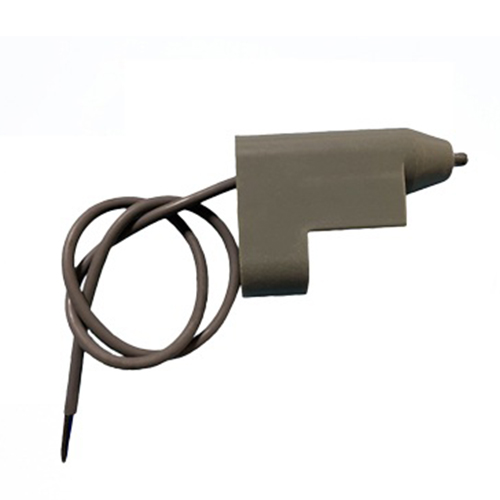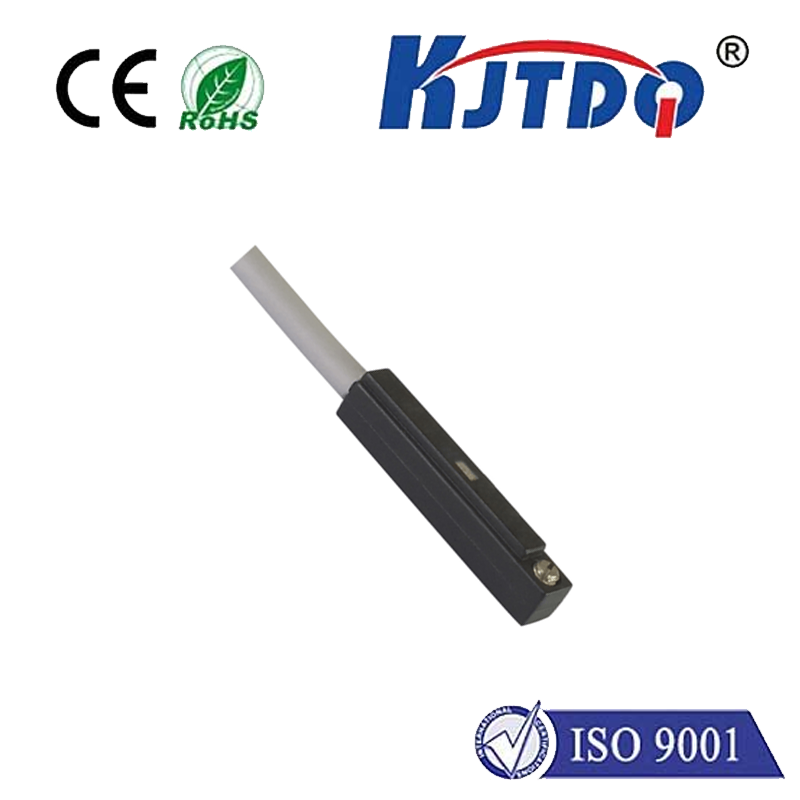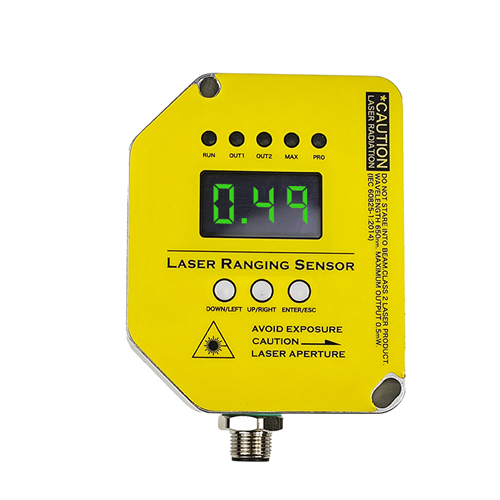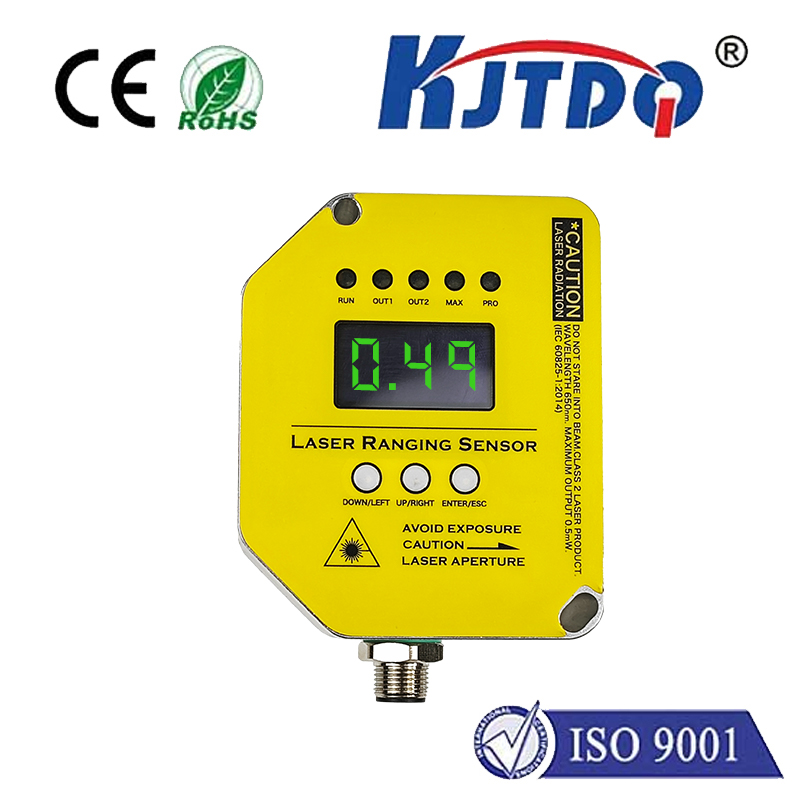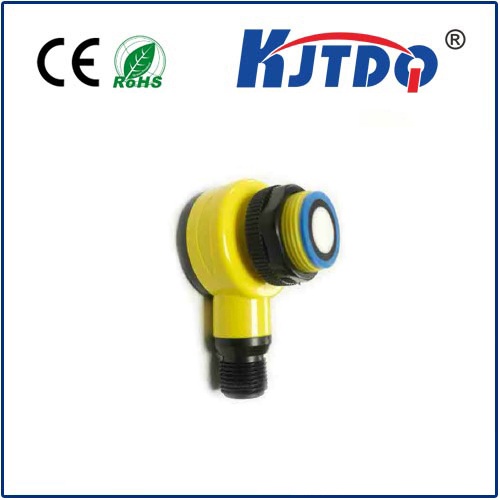The Ultimate Guide to Measuring Sensors: Precision in Every Detail In a world driven by data and precision, measuring sensors have become the unsung heroes of modern technology. From industrial automation to healthcare, these devices play a pivotal role in ensuring accuracy and efficiency. But what exactly are measuring sensors, and how do they work? This guide dives deep into the world of measuring sensors, exploring their types, applications, and why they are indispensable in today’s tech-driven landscape.
Measuring sensors are devices designed to detect and quantify physical, chemical, or environmental parameters. They convert these inputs into signals—often electrical—that can be interpreted by systems or users. Think of them as the sensory organs of machines, providing critical data that drives decision-making. These sensors are categorized based on the parameters they measure, such as temperature, pressure, humidity, light, or motion. For instance, a temperature sensor monitors heat levels, while a Датчик давления detects force per unit area. The versatility of measuring sensors makes them applicable across countless industries.
Temperature sensors, such as thermocouples and thermistors, are widely used in HVAC systems, medical devices, and industrial processes. They ensure optimal conditions by providing real-time temperature readings.
From automotive tire pressure monitoring to industrial fluid systems, pressure sensors are essential for safety and efficiency. They measure the force exerted by gases or liquids, ensuring systems operate within safe limits.
Humidity sensors detect moisture levels in the air, making them crucial for climate control in greenhouses, data centers, and even home appliances like dehumidifiers.
Motion sensors, including infrared and ultrasonic types, are integral to security systems, automatic doors, and gaming consoles. They detect movement and trigger appropriate responses.
Used in everything from smartphones to streetlights, light sensors measure ambient light levels and adjust device settings accordingly, enhancing energy efficiency and user experience.

At their core, measuring sensors operate on the principle of transduction—converting one form of energy into another. For example, a temperature sensor might convert heat into an electrical signal. This signal is then processed by a microcontroller or computer, which interprets the data and initiates the desired action. Imagine a thermostat in your home: It uses a temperature sensor to monitor the room’s heat. If the temperature drops below the set threshold, the sensor sends a signal to the heating system, which activates to restore comfort.
In manufacturing, measuring sensors ensure precision and safety. They monitor machine performance, detect anomalies, and optimize production processes.
From wearable fitness trackers to advanced medical imaging devices, measuring sensors are revolutionizing healthcare. They provide real-time data on vital signs, enabling early diagnosis and personalized treatment.
Sensors are deployed in weather stations, air quality monitors, and water quality systems to track environmental conditions. This data is crucial for predicting natural disasters and mitigating pollution.
Measuring sensors are the backbone of smart home technology. They enable automated lighting, climate control, and security systems, enhancing convenience and energy efficiency.
Modern sensors are designed to deliver precise measurements, minimizing errors and ensuring reliable data.
Advancements in microelectronics have led to smaller, more efficient sensors that can be integrated into a wide range of devices.
Many sensors are designed to consume minimal power, making them ideal for battery-operated devices like wearables and IoT gadgets.
Built to withstand harsh conditions, measuring sensors are often rugged and long-lasting, reducing maintenance costs.
When selecting a measuring sensor, consider the following factors:
Parameter to Measure: Identify the specific quantity you need to monitor (e.g., temperature, pressure).
Accuracy Requirements: Determine the level of precision required for your application.
Environmental Conditions: Ensure the sensor can operate effectively in the intended environment (e.g., extreme temperatures, humidity).
Cost: Balance your budget with the sensor’s features and performance.
The future of measuring sensors is bright, driven by advancements in IoT (Internet of Things) and AI (Artificial Intelligence). Sensors are becoming smarter, capable of not only collecting data but also analyzing it in real-time. For example, AI-powered sensors can predict equipment failures before they occur, reducing downtime and saving costs. Moreover, the integration of sensors into everyday objects is creating a more connected world. From smart cities to autonomous vehicles, measuring sensors are paving the way for innovative solutions that enhance our quality of life. Whether you’re an engineer, a tech enthusiast, or simply curious about how the world works, understanding measuring sensors is key to appreciating the technology that shapes our lives. They may be small, but their impact is undeniably vast.
